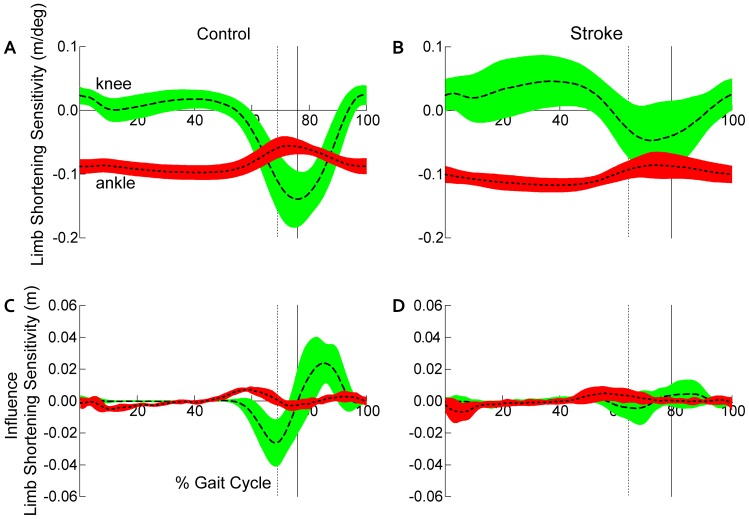Figure 3. Contributions to paretic limb shortening.
Limb shortening sensitivity, normalized to the gait cycle, for (a) healthy controls and (b) participants post-stroke. Limb shortening sensitivity - defined as the partial derivative of limb shortening with respect to sagittal plane knee and ankle angles. Negative values of limb shortening sensitivity indicate a positive rotation at a given joint decreases the normalized limb length, thus increasing limb shortening. Note, the timing of sensitivity peaks differs between groups (Table 1). To eliminate the direction of joint motion from the interpretation of each joint’s contribution to limb shortening, we illustrate the estimated influence of each joint, normalized to the gait cycle, for (c) healthy controls and (d) participants post-stroke. Vertical cursors represent toe off (dashed) and maximal limb shortening (solid). Knee and ankle curves are depicted as dashed and dotted lines, respectively. Error clouds denote ±1 standard deviation.

